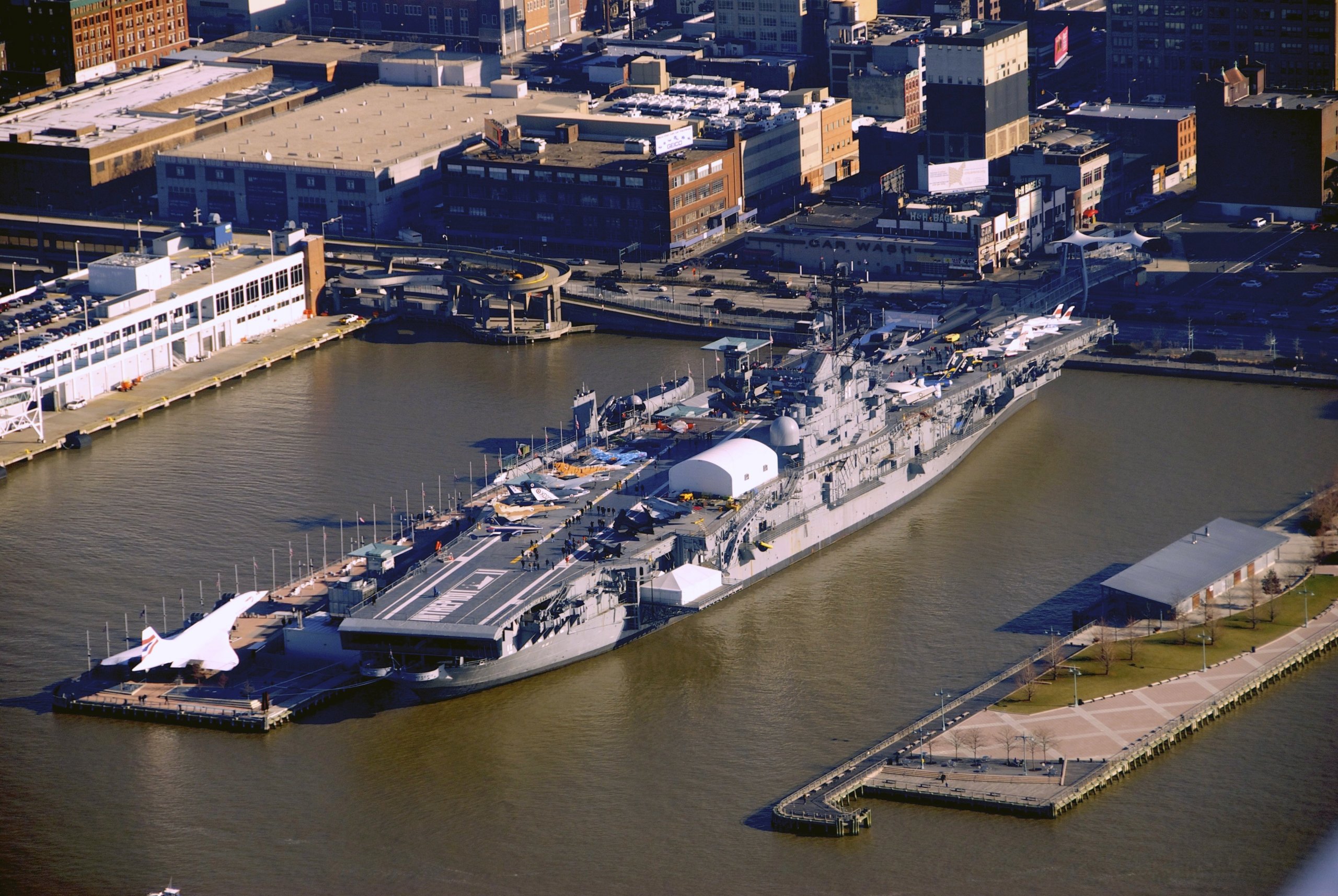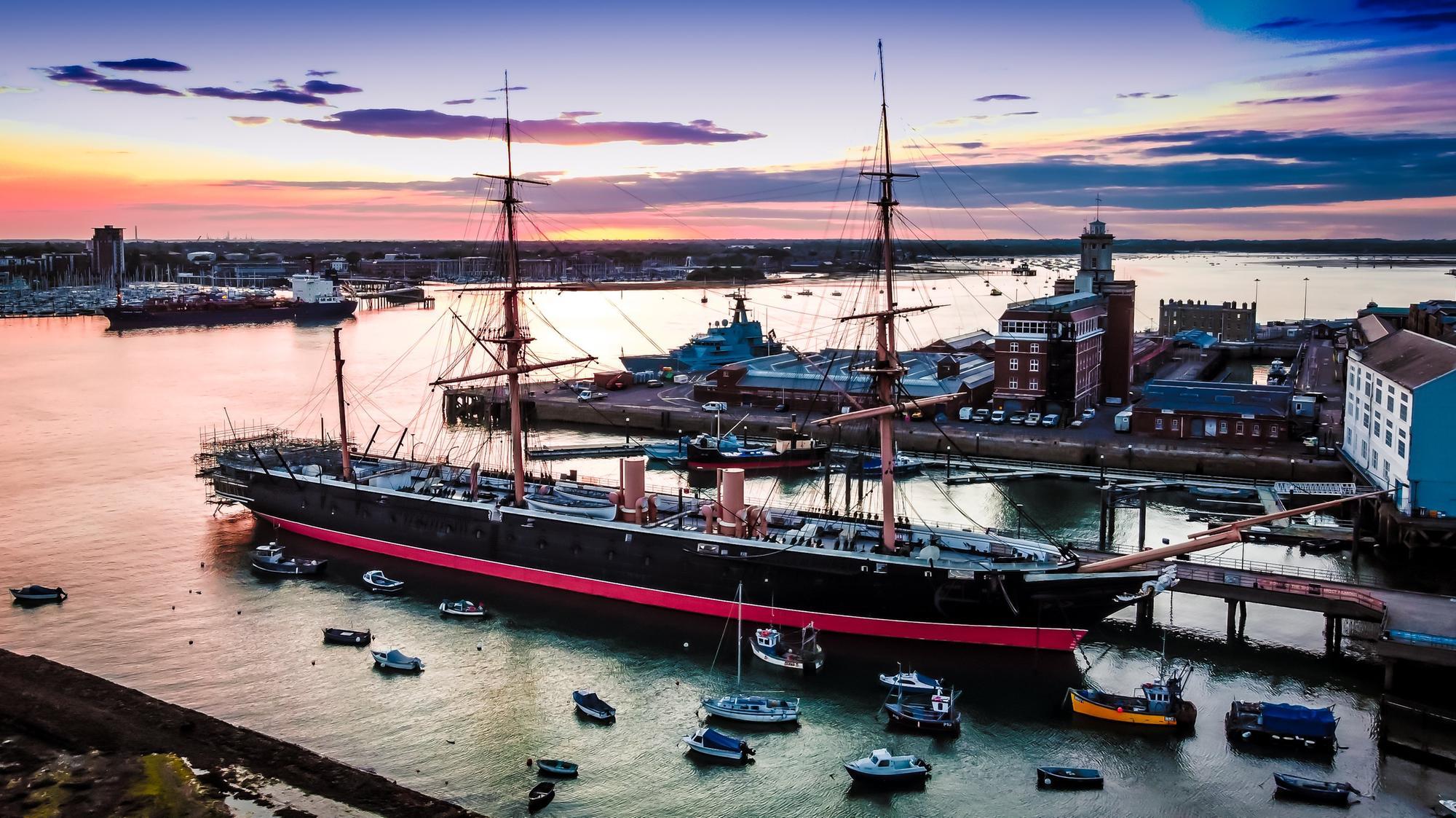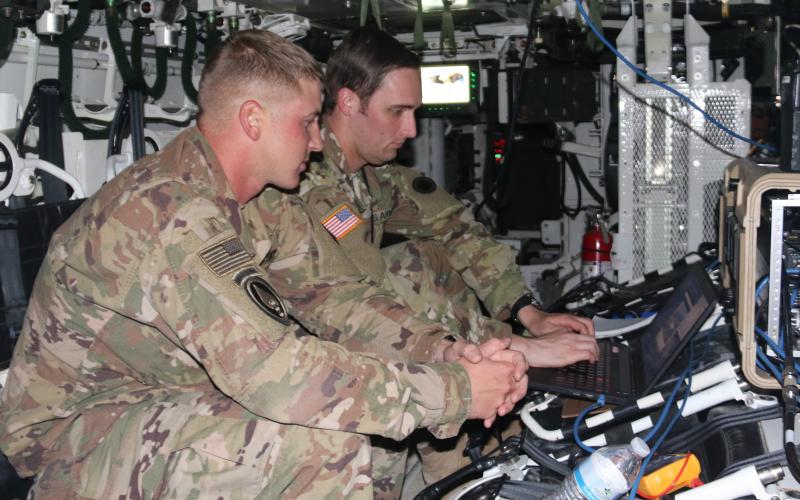“The supreme art of war is to subdue the enemy without fighting.” – Sun Tzu.
Dear Readers,
Following on from last week’s newsletter, the UK government published its Integrated Review of Security, Defence, Development and Foreign Policy on 15 March.
This was not a detailed examination of acquisition of force numbers; that will be revealed the Defence White Paper on Monday afternoon after this Bunker Briefing has gone out.
The Integrated Review was a document that detailed how the UK Government perceived the UK’s position in the world post-Brexit through to 2030. Beyond the usual expected rhetoric regarding global leadership, the UK Prime Minister Boris Johnson deliberately talked about the need for the continuation of (rules based) international order (an indirect message to China and Russia), the commitment to exceed the NATO spending commitment (the UK is at 2.2 percent GDP) as well as moves to bolster national security to guard against terrorist as well as cyber threats (with the creation of a Counter Terrorism Operations Centre and the National Cyber Force).
Ensuring the UK is recognised as a Science and Technology Superpower by 2030 was one of the more ambitious aims, which will require persistent and significant government investment across a spectrum of defence research and development projects (not just encouraging industry to invest).
“Climate change and biodiversity loss” was also given special importance – particularly as the UK will host the 26th UN Climate Change Conference in Glasgow with Italy in November.
The commitment to dispatch HMS Queen Elizabeth, one of the Royal Navy’s new large aircraft carriers on a global voyager which will encompass “the Mediterranean, the Middle East and the Indo-Pacific” is all well and good, as long as it is the beginning of sustained commitment to this ‘world role’ ambition. With the cuts to its numbers over the last decades, will the Royal Navy be able to sustained a meaningful commitment to this increased global role?
MILESTONE
On 24 March, 2020, nearly one year ago I started writing these weekly Bunker Briefing’s to provide our defence community with some interesting news and views on what was happening across the international defence scene while we were all in lockdown. I have tried to select items that were not corporate press releases but information from the military and government, as well as from virtual defence briefings and conferences. I will continue this for the foreseeable future and hope you enjoy reading them.
Have a great week and stay healthy,
Best,
Editor
Photo Quiz
Another set of pictures for you to ponder once more. Again no prizes, but the answers are at the end of this email.
1) This submarine remained underwater for 136 years.
2) You can visit this ship in New York.
3) This can be found at Portsmouth Harbour, UK.

NATO SECRETARY GENERAL LOOKS TO NEW US ADMINISTRATION TO REBUILD AND STRENGTHEN TRANSATLANTIC UNITY

“Despite the economic impact of COVID-19, 2020 was the sixth consecutive year of increased defence spending across European allies and Canada,” said NATO Secretary General Jens Stoltenberg, during the release of his Annual Report on Tuesday 16 March.
This represented increased spending of 3.9 percent in real terms he said, adding that the trend was expected to continue as challenges are still present. He added that a strong transatlantic bond was vital in meeting those challenges which included: “Russia’s destabilising behaviour, the continuing threat of terrorism, sophisticated cyber attacks, disruptive technologies, the rise of China and the security implications of climate change.”
“I welcome President Biden’s clear commitment to rebuilding alliances and strengthening NATO,” he said, adding that the transatlantic unity needed to be reinforced. “We must safeguard the rules based order that is being challenged by authoritarian powers.”
“China and Russia are conducting military exercises together which is defining the challenges of NATO in the future and is why it is important for it to continue to adapt,” he stated. Member states not only needed to “step up in cyber defence but also in the resilience of our societies and have a reliable infrastructure and maintain a technological edge,” he stated.
Regarding Afghanistan, he said that it was important for all regional actors to be involved in the future of the peace process, but the majority of international troops (30 allies) now in Afghanistan were not US troops and further decisions on what would happen after the 1 May 2021 deadline would be discussed by defence ministers from NATO meeting over the following week.
US ARMY’S GENERAL MCCONVILLE SAYS INVESTMENT IN I2CEWS WILL RESULT IN MULTI-DOMAIN DOMINANCE

“Great power competition doesn’t have to mean great power conflict,” said General James McConville, chief of staff for the US Army, during his virtual keynote address on the first day of AUSA Global Force Next, 16-18 march 2021. “What we really want is great power co-existence.”
However he observed that to achieve that there need to be “peace through strength and a whole of government approach.…with strong allies and partners.”
Gen McConville said that readiness was the key, particularly at the small unit level. He said that the 2018 publication of the war fighting concept Multi-Domain Operations (MDO) recognises that the Army will be contested in all domains. To meet this, he stated that the Army was expanding on this concept, so that it could “gain decision dominance in overmatch over near-peer competitors.”
“Overmatch will belong to the side that can make better decision – faster,” he said. Cutting edge technologies being introduced included long range precision fires and hypersonic mid-range and precision strike missiles, the latter being introduced in FY23.
Multi-Domain Task Forces, two in the Indo-Pacific and one in Europe would be equipped with I2CEWS capabilities – intelligence, information operations, cyber, electronic warfare and space.
Project Convergence will lead to benefits such as the integration of the Army’s six new weapons systems.
“We are converging information by learning to harness artificial intelligence, machine learning, low earth orbit satellites in the cloud to link joint sensors to joint shooters in the right command and control node,” said Gen McConville.
US MAJOR ARMS SALES (Defence Security Cooperation Agency – DSCA).
19 March, 2021 – Republic of Korea. AGM-114R Hellfire Missiles.
The State Department has approved a possible Foreign Military Sale to the Republic of Korea of AGM-114R Hellfire Missiles and related equipment for an estimated cost of $36 million.
16 March, 2021 – Norway. Javelin FGM-148 Missiles.
The State Department has approved a possible Foreign Military Sale to the Government of Norway of Javelin FGM-148 Missiles and related equipment for an estimated cost of $36 million.
16 March, 2021 – Netherlands. AH-64 Pilot and CH-46 Pilot Training and Logistics Support.
The State Department has approved a possible Foreign Military Sale to the Government of the Netherlands of AH-64 Pilot Training and Logistics Support and related equipment for an estimated cost of $190 million. It has also approved a possible Foreign Military Sale to the Government of the Netherlands of CH-47 Pilot Training and Logistics Support and related equipment for an estimated cost of $125 million.
16 March, 2021 – North Macedonia. Stryker Vehicles.
The State Department has approved a possible Foreign Military Sale to the Government of North Macedonia of Stryker Vehicles and related equipment for an estimated cost of $210 million.
US GOVERNMENT CONTRACTS
Highlighting a selection of $100 million+ government awarded contracts awarded between 15-19 March 2021 and Foreign Military Sales contracts.
19 March
US NAVY
General Dynamics Electric Boat received a $2.4 billion modification contract for the construction of one Block V Virginia-class submarine with Virginia Payload Module. Electric Boat will continue to subcontract with Huntington Ingalls Industries. The Naval Sea Systems Command is the contracting activity.
US ARMY
AECOM Technical Services; Tetra Tech; Weston Solutions; Arcadis US; Hydrogeologic; EA-Bay West Joint Venture; Janus Global Operations; Pika International; and TLI/MMG JV, will compete for each order of the $240 million contract to perform military munitions response program services. US Army Corps of Engineers is the contracting activity.
Burns & McDonnell Engineering Company; FSB-Pond JV; and Jacobs Engineering Group, will compete for each order of the $200 million contract to support planning, design and construction for the Air Force Civil Engineering Centers B-21 Beddown mission. US Army Corps of Engineers is the contracting activity.
18 March
US ARMY
A&H – Ambica JV; Doyon Management Services; HHI; Midnight Sun – Centennial JV; Roundhouse-MV JV; SES Electrical; TEAM Construction; Walga Ross Group 3 JV; A&H – Ambica JV; Gideon Contracting; HHI; Iron Mike Construction; Midnight Sun – Centennial JV; Roundhouse-MV JV; SES Electrical; Walga Ross Group 3 JV; and Macro-Z-Technology, will compete for each order of the $249 million contract for general repair and construction primarily at various defence distribution depots. US Army Corps of Engineers is the contracting activity.
AECOM-Garver JV; Burns & McDonnell Engineering; CDM Federal Programs; HDR Engineering; Merrick & Co; WSP-BV JV; and Benham – Mead & Hunt, will compete for each order of the $125 million contract to support projects assigned to the Army Corps of Engineers, Kansas City District. US Army Corps of Engineers is the contracting activity.
US NAVY
Bell-Boeing Joint Project Office has been awarded a $182 million modification contract for the production and delivery of two CV-22B variation in quantity aircraft for the Air Force. Additionally, this modification provides for post-production repairs in support of the MV-22B Common Configuration Readiness and Modernisation Program for the Navy. The Naval Air Systems Command is the contracting activity.
Raytheon Missiles and Defense has received a $68 million IDIQ contract which provides for the procurement of guidance section (GS) and control section repair, GS refurbishment and GS subassembly repair for the Navy, Air Force, and Foreign Military Sales customers. The Naval Air Systems Command is the contracting activity.
Foster-Miller, doing business as QinetiQ North America is awarded an $11 million IDIQ contract for production, engineering support and post production support of the MK 2 Man Transportable Robotic System series systems and Talon systems. The services under this contract cover the production of systems, depot level repair parts, initial spares kits, consumables, repair parts and approved accessories. This contract includes options, which if exercised, would bring the cumulative value of this contract to $54 million. This contract includes purchases for the Commonwealth of Australia under the Foreign Military Sales (FMS) program. The Naval Sea Systems Command is the contracting activity.
17 March
US ARMY
Dawson Enterprises); Elite Pacific Construction; Insight Pacific; Nakasato Contracting; Niking; and RORE, will compete for each order of the $300 million contract for design-bid-build construction services. US Army Corps of Engineers is the contracting activity.
DEFENSE LOGISTICS AGENCY
Abbott Rapid DX North America has been awarded an IDIQ contract for the production and delivery of BinaxNOW rapid point-of-care antigen tests for COVID-19. The initial requirement for 50 million tests is estimated to be valued at $255 million. Using customer is the Department of Health and Human Services. The maximum dollar value on the contract is $766 million. The contracting activity is the Defense Logistics Agency Troop Support.
US AIR FORCE
AB International Services has been awarded a $177 million contract for operation of the Air Force Primary Standards Laboratory. Air Force Life Cycle Management Center is the contracting activity.
Textron Aviation Defense has received a $12 million modification contract for the Iraq Air Force Peace Dragon Program. This modification adds the six months to Option Year Three of the multi-year basic contract. This modification involves Foreign Military Sales to Iraq. Total cumulative face value of the contract is $99 million. Air Force Life Cycle Management Center is the contracting activity.
16 March
US ARMY
AeroViroment was awarded a $44 million modification contract for the Switchblade Weapon System. Fiscal 2010 Foreign Military Sales (United Kingdom) funds; and fiscal 2020 missile procurement (Army) funds in the amount of $44 million were obligated at the time of the award. US Army Contracting Command is the contracting activity.
15 March
US NAVY
Northrop Grumman Systems is awarded an $81 million contract which provides for sustainment, engineering, logistics, test, mission control, and operator training systems support for MQ-4C Triton unmanned aircraft systems (UAS). This effort also includes procurement of field service representatives and technical support to ensure that the MQ-4C Triton UAS aircraft are mission-capable for intelligence, surveillance, and reconnaissance missions supporting Triton’s early operational capability and initial operating capability. In addition, this effort supports reach-back engineering support for both the Navy and the government of Australia MQ-4C Triton UAS assets. Fiscal 2021 aircraft procurement (Navy) funds in the amount of $52 million, fiscal 2021 operation and maintenance (Navy) funds in the amount of $8 million; and foreign cooperative project funds in the amount of $40,880 will be obligated at the time of award. The Naval Air Systems Command is the contracting activity.
EVENTS CONFIRMED
No further confirmations.
CANCELLED EVENT
No cancelled events advised.
Photo Quiz answers:
- The Hunley was a Confederate submarine and the first to sink a warship, the USS Housatonic, a Union vessel in Charleston harbour in February 1864. The Hunley sank three times during the Civil War killing a total of 21 crewmen including its inventor, Horace Hunley. It was finally raised in 2000 and is on display in North Charleston, South Carolina.
- A USS Intrepid was one of 24 Essex-class aircraft carriers built during World War II. Commissioned in August 1943, Intrepid participated in several campaigns in the Pacific theatre of operations, including the Battle of Leyte Gulf. Later the Intrepid served in the Vietnam War and was also the recovery ship for a Mercury and Gimini space mission. In 1982 Intrepid became the foundation of the Intrepid Sea, Air & Space Museum in New York City.
- HMS Warrior is located at Portsmouth Historic Dockyard. When commissioned in August 1861, HMS Warrior was the largest warship in the world, at 9,210 tons, and is the only surviving example of the ‘Black Battlefleet’ – the 45 iron hulls built for the Royal Navy between 1861 and 1877.

Best wishes,
Editor-in-Chief
Armada International / Asian Military Review













